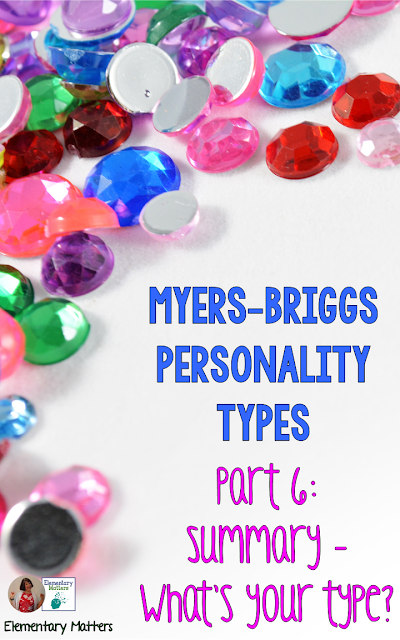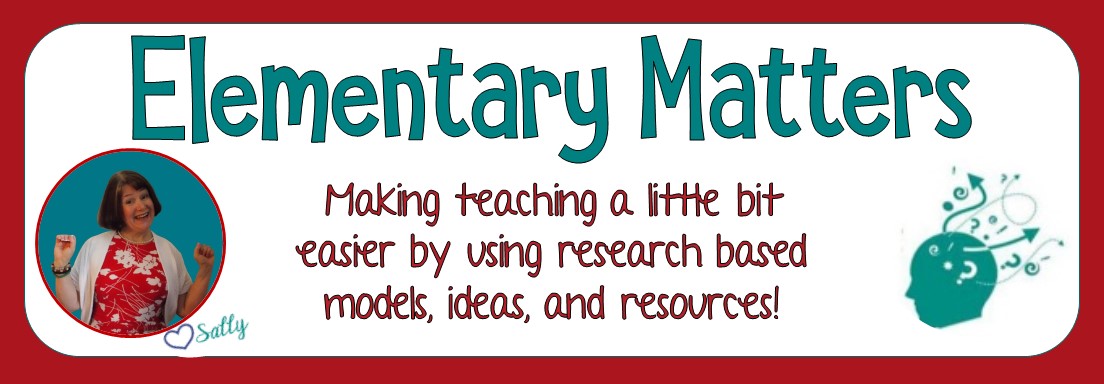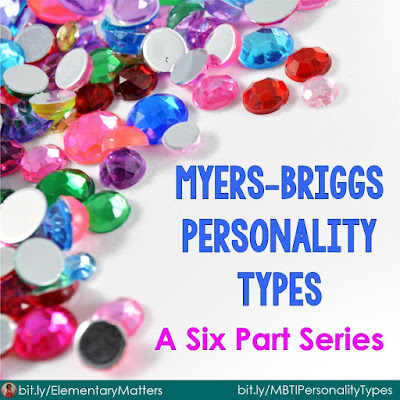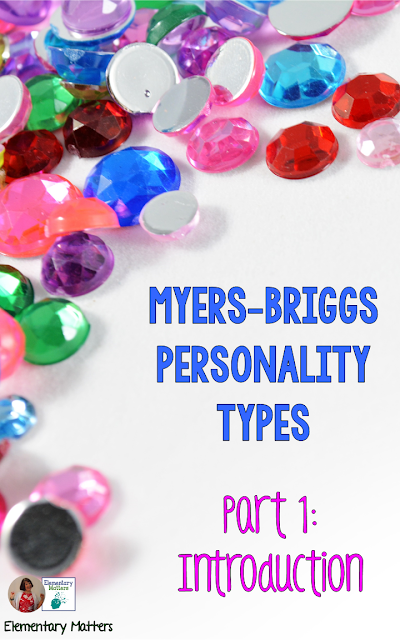For the last 6 weeks I have posted once a week about my experiences with the Myers-Briggs Personality Types.
This is something that helped me not only as a teacher, but as a person, learning about the world around me.
Tonight, we're summing it up!
First, I told about my master's program and my first introduction to the Myers-Briggs Personality Type Indicator.
Explore the image below for the link to that post:
The next week, I posted about the difference between Introverts (I) and Extr0verts (E). I even listed famous Introverts and famous Extroverts, and suggested possible careers for both. Of the four preferences, this is the one I personally struggled with the most. I've learned much more about it, and now I'm proud to be an Introvert. There are many successful Introverts in our world, including teachers!
Explore the image below to get to the post about Introversion and Extroversion.
Next up was Sensing (S) vs Intuition (N). This one is quite important to us as teachers. People process information in different ways, and it's essential that we respect both preferences. Most teachers teach to their own preference, which leaves out many students.
Explore the image below to read more about how people process information.
A week later, I posted about the third preference: How we make decisions. The two preferences are Feeling (F) and Thinking (T).
Explore the image below to read about Thinkers and Feelers.
Finally, last week posted about how people live their outer life. That's Judging (J) or Perceiving (P). This was another area where I struggled, until I realized that Judging didn't mean Judgmental. It just means I prefer structure and order. Understanding who I am really helped me appreciate the Ps in my life!
Explore the image below for more information about Judging and Perceiving.
Although I recommend taking the official Myers Briggs Instrument (See HERE for information.) However after some thought, you might have a guess on where you land on some of the preferences.
There are a total of 16 different "types".
Here they are! (See HERE or explore the image below.)
If you explore the image and go to the Myers Briggs website, there is a link for a description to each of these 16 personality types.
I'm an ISFJ. They call me The Nurturer. If you google ISFJ and read the description, you'll see a perfect description of me. It's almost as if someone who knew me very well wrote a detailed description of my personality.
Here's a summary of my type: ISFJ
and a more detailed summary here: ISFJ
What's your type?














